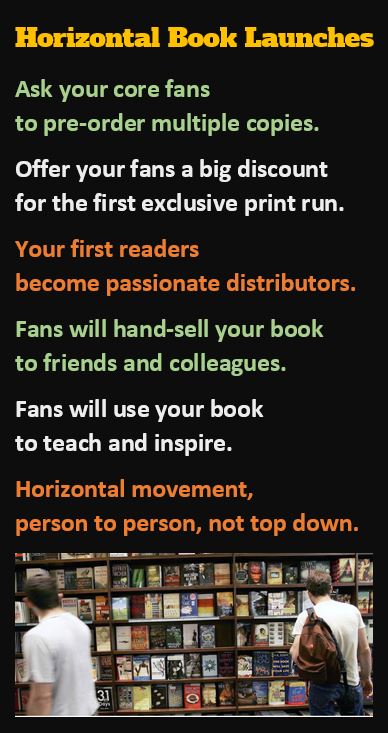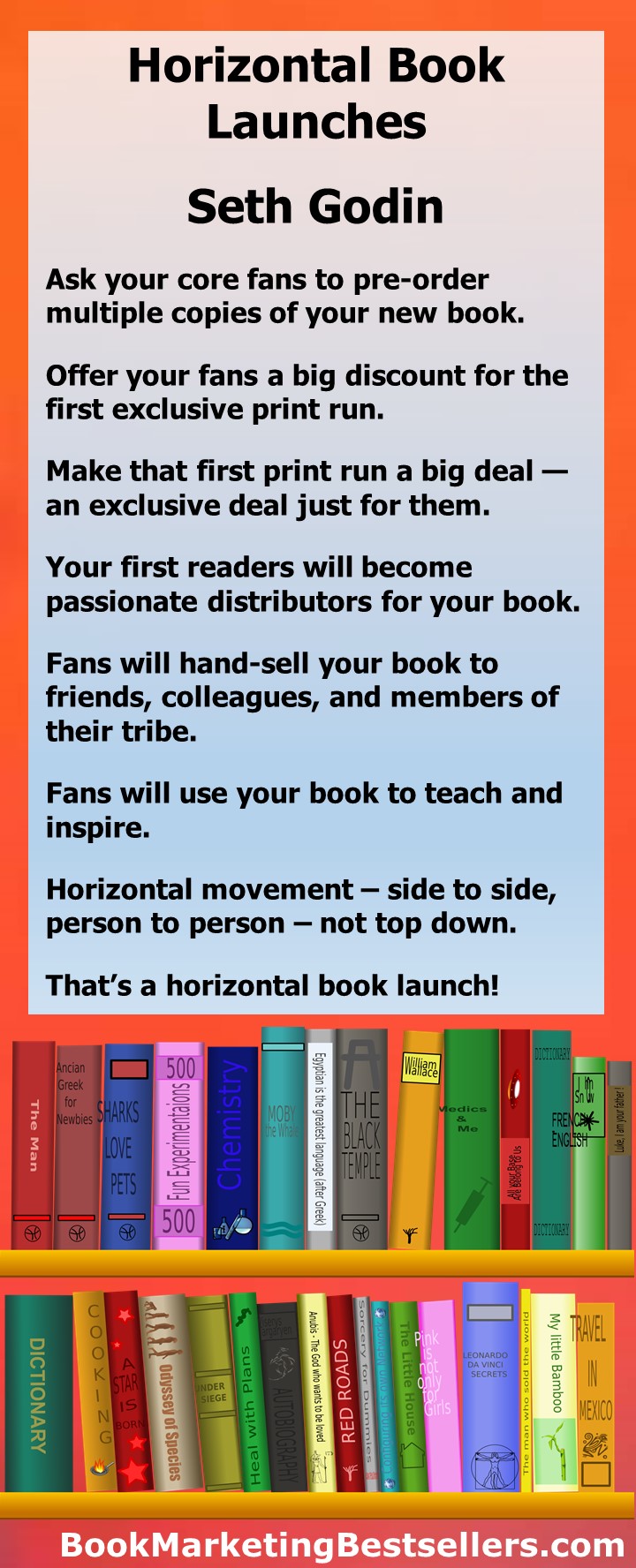Reposted courtesy of Seth Godin
I’ve explored a variety of ways to get to market with the books I’ve created over the last thirty years. I’ve self-published, worked with most of the major NY publishing houses, did a partnership with Barnes and Noble and another with Amazon — all as a way to solve the problem of discovery. How do we get books into the hands of people who want to read them?
On October 3rd, I’m launching a new book, and I thought I’d explain some of my thinking about my approach and the format.
Looking at my personal book consumption as well as what I hear from readers, I’m seeing that people are getting ever more impatient about the traditional format we expect from books… more than I would have guessed. If you’re reading an ebook, there’s a huge temptation to skip to the next book on your device, or if it’s an iPad, to check your incoming email and then down the rabbit hole. We tap our foot while reading, rushing the author to get to the good part, fast.
Words on paper still have impact, but again, I’m seeing more people who would rather read a tweet (“a guy hunts a whale”) about a book than work their way through it.
Since my last book two years ago, I’ve wondered a lot about what sort of book would be worth the journey. After all, through this and my main blog, I can reach more people with an idea than a book ever could.
What’s the point of all the scarcity and printing and risk if it’s not going to engage people? We write books to make a difference, to spread an idea, to educate… and if the format can’t do that, we should find a new way.
 My new book, What to Do When It’s Your Turn, is in a totally new format, for me and for most authors and readers. It’s printed in full color, heavily illustrated in quality-magazine format. New digital presses from Heidelberg permit an individual to do long or short runs in this format.
My new book, What to Do When It’s Your Turn, is in a totally new format, for me and for most authors and readers. It’s printed in full color, heavily illustrated in quality-magazine format. New digital presses from Heidelberg permit an individual to do long or short runs in this format.
But the discovery issue still remains. So I’m hoping you will consider taking a chance as I ask my core fans to sign up for a pre-order of multiple copies. Three or eight or even more copies, the first off the press, sold at a radical discount, to readers who also become passionate distributors. Fans who will hand-sell the book to colleagues and friends. Individuals who will use them to teach or inspire, to get everyone on the same page. Horizontal movement, side to side, person to person, not top down. That’s a horizontal book launch.
I wrote the book as a tool for people who want to help other people change.
We see this happen in digital media daily. An idea we believe in, a change we’d like to see, arrives and we share it, hoping to spread the word. I’d like to replicate that, but with the power of print.
I’m doing a pre-launch now because I’m trying to print the right number of copies (but not too many) and then, in December, we can simultaneously discuss the book widely. At that point, like all books, it’s on its own.
Article by Seth Godin
Seth Godin, founder of The Domino Project, has written twelve books that have been translated into more than thirty languages. Every one has been a bestseller. He writes about the post-industrial revolution, the way ideas spread, marketing, quitting, leadership and most of all, changing everything.
About John Kremer
John Kremer is author of 1001 Ways to Market Your Books, the Relationships Matter Marketing program, and many other books and reports on book marketing, Internet marketing, social media, and book publicity. -- John Kremer on Book Marketing.

